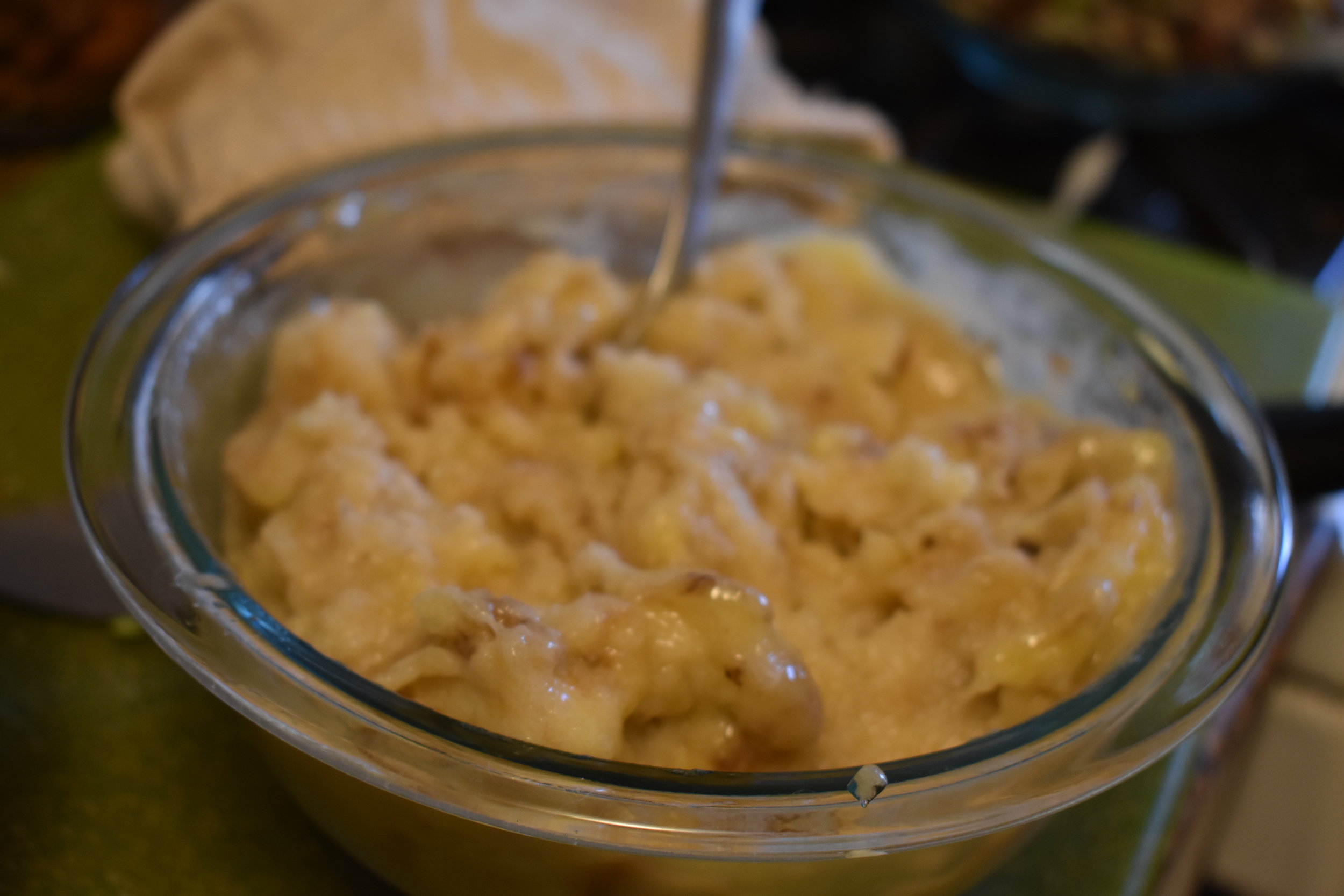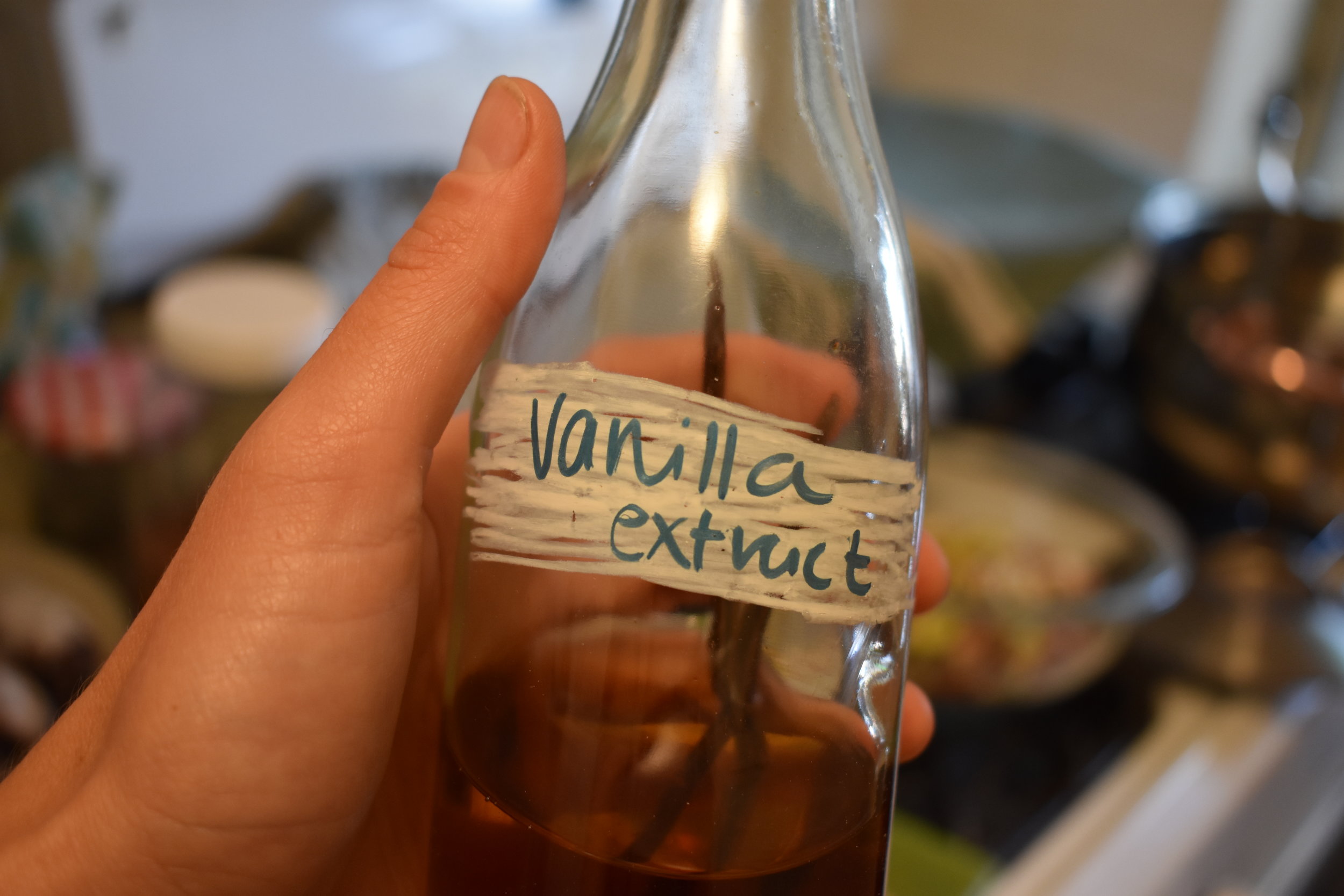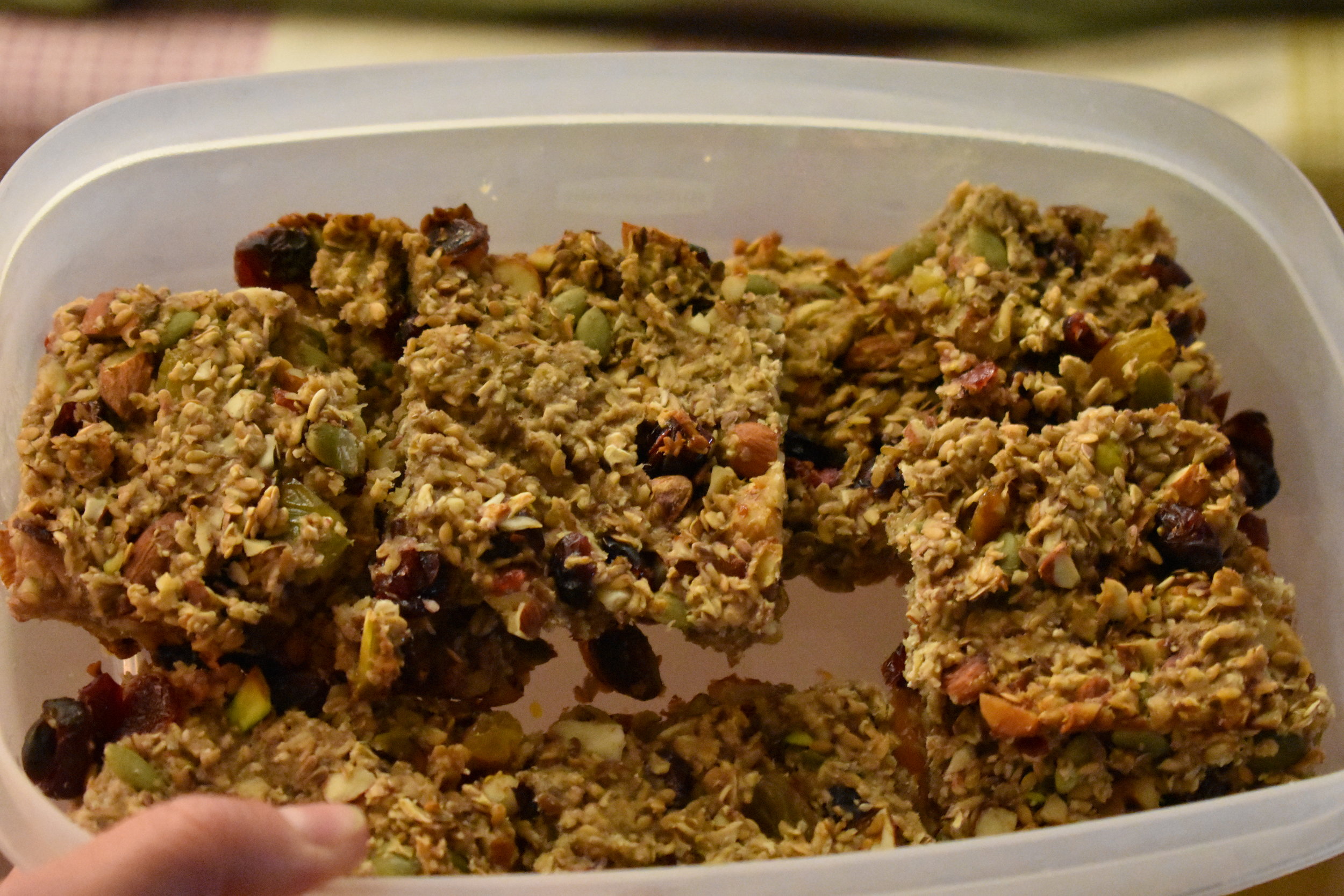The Situation
So the situation for myself is that I am traveling to St. Croix in the US Virgin Islands for three months to conduct research and nest monitoring for sea turtles with the National Park Service. I know, I know, very hard life over here.
I've done lots of small zero-waste trips, but this is the first long term one. I've been doing a lot of prep, and despite all the lists I have all over my house, I still have things pop into my head that I need that I probably won't have much access to down there, especially when it comes to zero waste living.
I don't know how many of you will need a packing list for a three month stay in the Caribbean, but here's what I'm bringing, while attempting to travel light and efficiently.
Clothes
* A star indicates that the item(s) were specific to my work, so may differ greatly from your needs
pants
- 3 pair casual pants - 1 linen/hemp, 1 cotton, 1 leggings
- *4 pair field pants - good for hiking, I need several because I will be doing field work 5 nights/week
Shorts
- 5 pair casual - 3 hemp, 2 mid-length, 2 jean
- 5 pair athletic - 2 running, 2 spandex, 1 water
Shirts
- *15 cotton T-shirts - probably the most excessive, but that's because of the field work I'm doing could involve being pulled into the ocean by a turtle
- 10 Tank Tops - I'm a shorts and tank top kind of gal, these are small and back down easily so I don't mind bringing some extra
- 5 nice T-shirts - for office days or dinners
Skirts/dresses
- 2 skirts
- 2 sundresses
- 1 nice dress
Long Sleeves/Cover Ups
- 1 flannel
- 1 fleece
- 1 light-weight jacket
- 1 Rain Jaket
- 1 button up sun shirt
Nighttime/Undies
- 6 sports Bras – I mostly wear sports bras, I also stuck in a few bralettes
- ALL the Underwear – I like to have enough undies
- Socks – Yes. Socks. socks are good for hiking and I need them for field work
- Sleepwear - some cotton shorts and a few comfy T-shirts
Swimwear
- Sarong
- 3 bathing suits sets
Footwear
- Running/hiking shoes
- Bierkenstocks
- *Chacos - close and open toed
sundry
- 1 scarf – super versatile and good for overly air-conditioned places
- 1 Hat
- 1 Sunglasses
- 3 Buffs/Headsox
- 1 belt
Toiletries
- Medication/Painkillers – I have no medications that I take regularly, but on some islands painkillers such as ibuprofen are not available over the counter, so this could be something to throw in your bag.
- Deodorant– I normally make my own deodorant, but I decided to take this as an opportunity to try out some other stuff. I brought down Lush's
- Lotion - coming from dry, dry Colorado, I'm not bringing to many lotion products. I am bringing a small vile of daily moisturizer made by Denver's local zero waste shop to help my face recover from the sun
- Toothbrush/Toothpaste - Brush with bamboo, and Tom's of Maine (keeping tubes to send into TerraCycle)
- Razors – I brought my trusty safety razor and razor blades
- Hair care – 2 shampoo bars & 1 conditioner bar from Lush
- Soaps - body soap from Sallye Ander and Little Seed Farm, Face soap from Lush
- Towel and Facecloth – Because you need to shower, and you will shower often. A facecloth can be used for wiping sweat off you in general.
- Sunscreen – I brought 2 Raw Elements Face + Body sunscreen that comes in tins!
- Bug Repellent – I'm bringing an essential oil mix to make bug repellent with.
Laundry
I know I will have access to laundry machines where I am staying, but I have no idea what will be available as far as laundry products go. Since all the water I use will drain into the ocean pretty immediately, I wanted to make sure I was prepared for eco-friendly laundering.
- Nellie's All-Natural Laundry Detergent - refillable tin
- STOP! MicroWaste washing bag
- 2 rolls quarters
Tech Gear
- Camera
- Laptop
- Cell Phone
other
- Day-Pack
- small first aid kit
- Hammock
- 1 Reusable grocery bag
- COFFEE
things i forgot
- Food Storage - this was such a zero waste fail. I forgot my snacks for the airplane, which not only left me w/o snacks but w/o containers! Luckily I was able to acquire some w/i the first week, but I definitely generated waste w/o them
- Silverware/spork - I also forgot my spork! How? I don't know, but so far I haven't had to use any plastic utensils, I've just had to get a little creative with the spoon I brought for scooping coffee.











